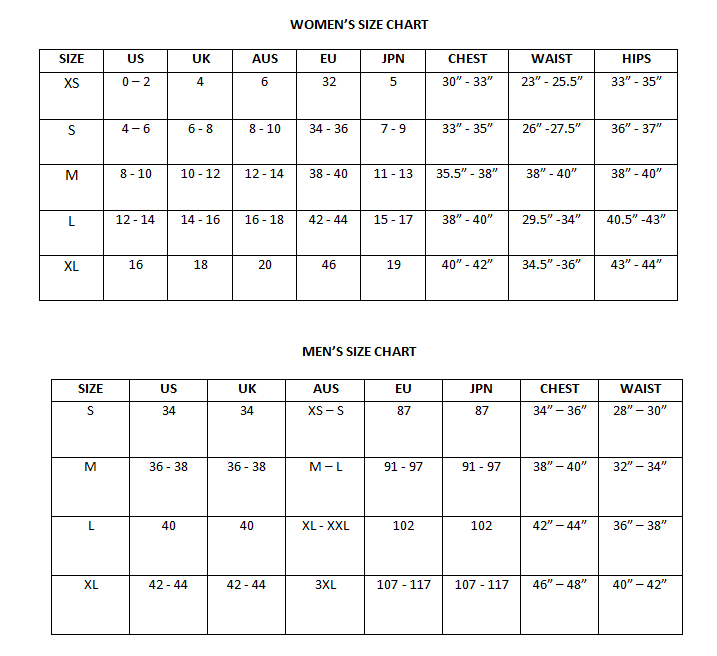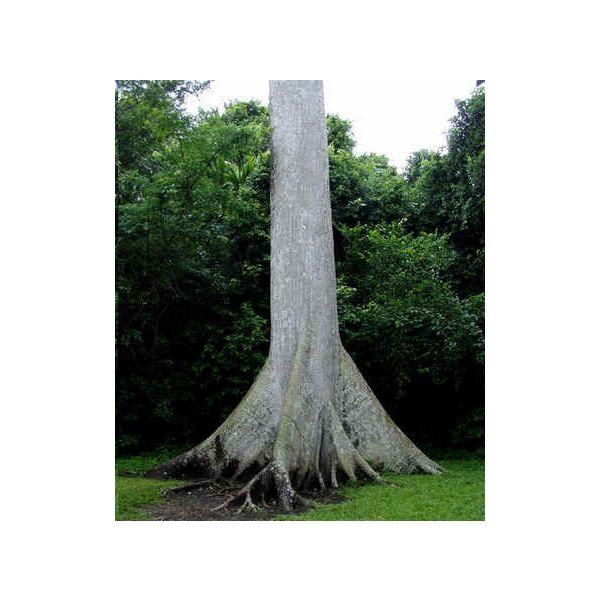Ceiba Pentandra Seeds (Kapok Tree Seeds, Silk Cotton Tree Seeds)
Ceiba Pentandra Seeds (Kapok Tree Seeds, Silk Cotton Tree Seeds)
Known for its towering height, unique fibers, and striking canopy. Perfect for large tropical gardens!

Delivery
All orders shipped with UPS Express.
Always free shipping for orders over US $250.
All orders are shipped with a UPS tracking number.
Returns
Items returned within 14 days of their original shipment date in same as new condition will be eligible for a full refund or store credit.
Refunds will be charged back to the original form of payment used for purchase.
Customer is responsible for shipping charges when making returns and shipping/handling fees of original purchase is non-refundable.
All sale items are final purchases.
Help
Give us a shout if you have any other questions and/or concerns.
Email: contact@domain.com
Phone: +1 (23) 456 789
Availability: In stock
SKU
Ceiba Pentandra
Ceiba pentandra, commonly known as the Kapok Tree, is a large, tropical tree native to the rainforests of Central and South America, as well as parts of Africa and Southeast Asia. This impressive tree is known for its massive size, striking appearance, and the fluffy, cotton-like fibers found in its seed pods, which are often referred to as "kapok."
The Kapok Tree can grow up to 60 meters tall, making it one of the tallest trees in the tropical rainforest. Its broad, spiny trunk and large, palmate leaves create an eye-catching silhouette. The tree produces large, showy flowers that range in color from white to pink, attracting a variety of pollinators, including bats and bees. The seed pods contain the fluffy, lightweight fibers that have been used historically for stuffing mattresses, pillows, and life jackets due to their buoyant properties.
Ceiba pentandra thrives in well-drained soils, particularly in tropical climates where temperatures remain consistently warm and the rainfall is abundant. It requires plenty of sunlight and grows best in areas with high humidity. This tree is relatively low-maintenance, but it can take many years to mature before it begins producing flowers and seeds.
In addition to its practical uses, such as for the production of kapok fiber, the Kapok Tree holds cultural and spiritual significance in many parts of the world. In some regions, it is considered a sacred tree, symbolizing strength and protection. It is also used for timber, and its bark is sometimes harvested for traditional medicine.
Ceiba pentandra is often planted in large-scale landscapes, parks, and gardens, where it provides shade and acts as a focal point due to its massive size and unique appearance. The tree's fiber is still used in various industries, though its commercial production has decreased with the advent of synthetic alternatives.
With its towering height, striking flowers, and cultural significance, Ceiba pentandra is a magnificent tree that adds beauty and interest to tropical landscapes, and it remains a valuable resource for its natural fibers and ecological contributions.
| Common name | Kapok Tree |
|---|---|
| Species | Ceiba pentandra |
| Therapeutic uses | Ceiba pentandra bark decoction has been used as a diuretic, aphrodisiac, and to treat headache, as well as type II diabetes. |
| Germination | Use a good gardening soil and mix it with compost. Plant your seeds when the temperature is above 20øC, at a depth of 2 inches. Keep the soil humid, but not soaked. Give the plant hotness and humidity, but do not place it under a direct sun. Mid-sun is the best option. Germination usually takes a couple of weeks, don?t get discouraged. |
| Price View | Price Range |

